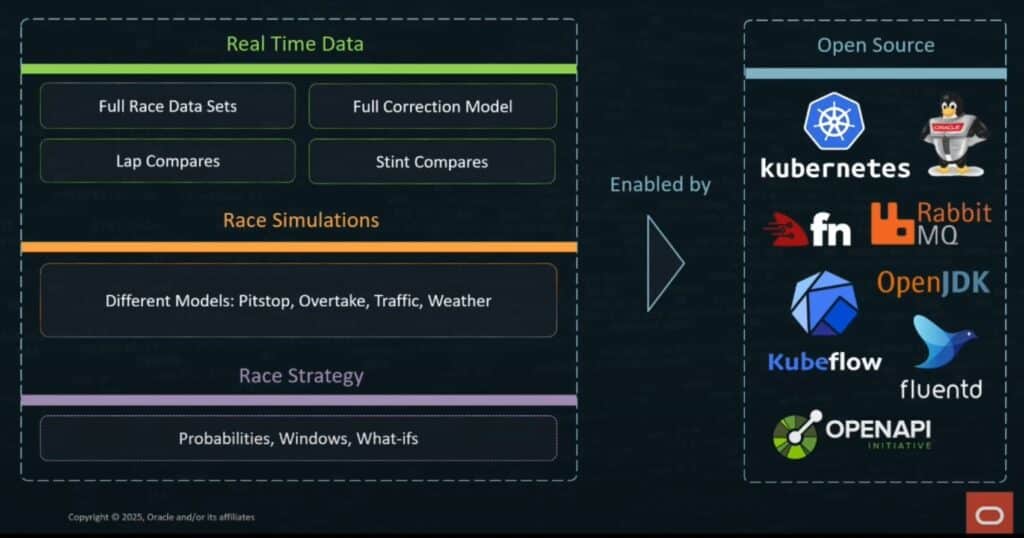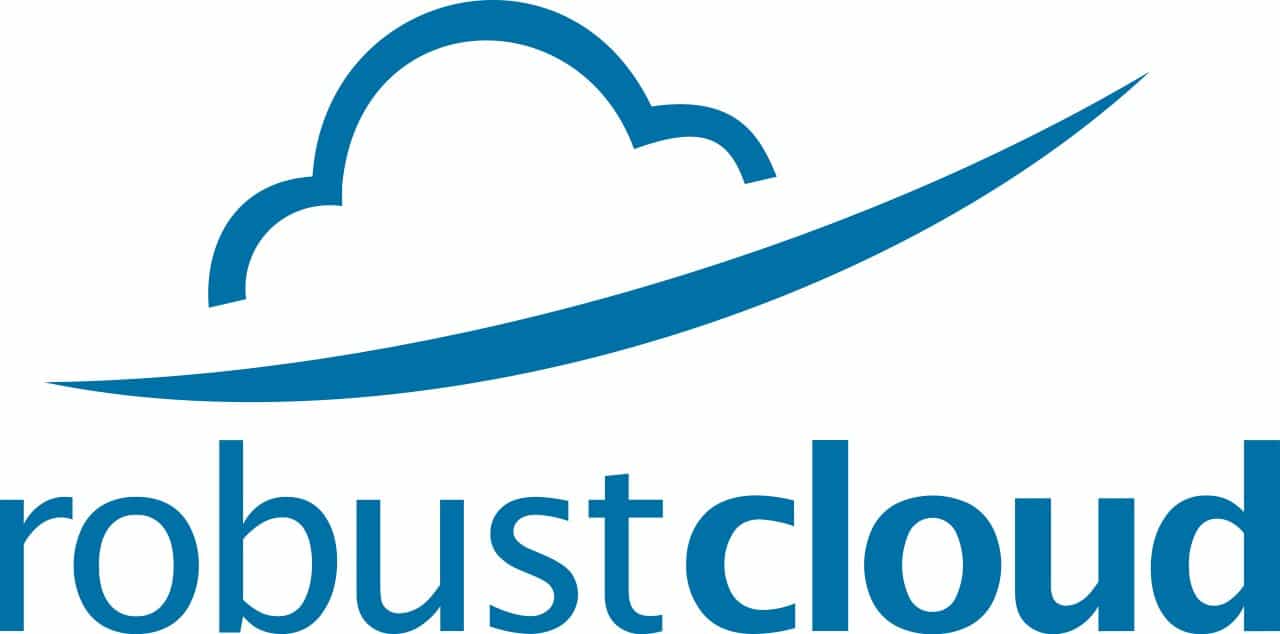Introduction: The tariffs imposed by the current US administration are causing concern across all geographies, and countries are taking action to ensure control over vital cloud infrastructure. While the United States Cloud Act of 2018 was intended to combat crime, concerns have arisen that the law could be used to compel US-based cloud providers to hand over data stored anywhere in the world. Technology has become a pawn in the US-China trade war, and other countries want to control access to their data by owning the cloud infrastructure. With US cloud providers controlling over 70% of the European market, companies will likely look for alternatives that increase the likelihood of European cloud providers standing to gain.
On April 17, 2025, Oracle hosted an analyst event in Nashville, covering the Oracle Cloud Infrastructure (OCI) product strategy, including dedicated clouds. Oracle also participated in the Cloud Native Computing Foundation (CNCF) event in London from April 2 to 4, 2025. At the keynote, Sudha Raghavan, Senior Vice President of Oracle Developer Platform, discussed how open-source technology is utilized in OCI and applied to Formula 1 racing (See Figure 1).
This blog post addresses the challenges faced by US cloud providers in Europe and how Oracle’s open-source solutions, combined with its ability to deliver digital sovereignty through OCI, can overcome these impediments.

State of the European Cloud Market:
Cloud computing is the underpinning of technology that powers applications and is the backbone for businesses. US-based companies have dominated the European cloud market, raising concerns among European Union (EU) members about this dependence. In an open letter, about 100 EU organizations and companies called for a strong commitment to a sovereign digital infrastructure. Interestingly, SAP and Siemens were not signatories, perhaps due to their exposure to the US market.
As European firms seek to adopt more home-grown technology, migration will not be easy. This will lead to organizations using a mix of cloud providers. To mitigate the risks associated with using non-EU cloud technology vendors, workload standards have become essential for maintaining independence and autonomy.
Digital sovereignty takes center stage.
The usefulness of Generative AI is diminished without high-quality data from diverse datasets used for training models. This data is often sensitive and proprietary, and EU businesses are rightfully concerned about losing their competitive advantage without legal protection. Concerns about data access under the U.S. Cloud Act have led to EU companies insisting that data be kept under EU jurisdiction, making digital sovereignty a key business priority.
Challenges for US Cloud Providers
The shift in sentiment among EU businesses amid tariff wars and the America-first policy could affect US cloud providers in several ways. Some are listed below:
How can Oracle’s cloud portfolio overcome EU challenges?
Three characteristics of Oracle’s cloud portfolio can help EU customers build autonomy and gain total control over their cloud implementations. The first and second are OCI’s dedicated cloud offerings and Oracle’s multi-cloud support. The third characteristic is the open-source support by OCI (see figure 1). The sections below highlight the value of these offers:
1. Oracle’s Dedicated Cloud Offerings:
At Oracle’s analyst briefing, Scott Twaddle, SVP of Product, Industries, and Partnerships, described Oracle Dedicated Cloud offerings as cloud regions that can be deployed anywhere, operated at scale by anyone, and connected to anything (or not). These deployment models are purpose-built to address national security, legal, and operational mandates, providing organizations with the flexibility to calibrate control and autonomy according to the sensitivity and criticality of their data and workloads.
Adhering to an “everything, everywhere” paradigm, each deployment model delivers access to the suite of more than 150 OCI services, maintaining consistent service-level agreements (SLAs), pricing, and user experiences. One aspect of Oracle Cloud’s architecture is the strict physical and logical isolation between deployment environments. This separation enhances tenant protection, mitigates the risk of data exposure, and supports heightened levels of customization and security.
a. EU Sovereign Cloud: Oracle’s EU Sovereign Cloud features a set of technical, organizational, and contractual controls to ensure that customer content remains within the selected data center without unauthorized access. For firms on the AI journey, sovereignty increases control over where AI workloads are run and how data and infrastructure operations are managed. Multiple EU public and private organizations have already deployed this solution, demonstrating that it meets the majority of European customer requirements.
b. Dedicated and Isolated Regions: Both solutions deploy infrastructure at the customer’s data center dedicated to their needs. One example of a dedicated region is a financial customer implementing OCI infrastructure at their locations in Tokyo and Osaka to maintain governance needs. An isolated region is air-gapped; an example is the Singapore armed forces. These solutions are designed for implementations requiring the highest level of privacy and are implemented within the customer’s data center.
c. Oracle Alloy: With this offering, Oracle enables partners to become cloud providers, brand and tailor the experience, and package new value-added services and applications to meet customers’ specific needs in their markets and industry verticals. Independent technology firms leverage Oracle Alloy to deliver cloud services to customers in many countries, including Japan, New Zealand, and Saudi Arabia. With this solution, customers can be assured that complete operational control belongs to a local company.
2. Multi-cloud support: Oracle’s support of all hyperscalers will attract customers who cannot migrate in one step but must coexist with existing solutions. This also benefits from OCI’s support for open standards, allowing workload portability. Oracle provides Oracle Database@AWS, Oracle Database@Azure, and Oracle Database@Google Cloud.
3. Open-Source support: Customers often have a portfolio of applications running in several locations, ranging from public and private clouds to hosted SaaS applications. Open-source support is critical to keeping these applications in sync with each other to meet business objectives. Oracle’s OCI support of open standards will be favorably viewed by EU customers seeking to maintain control over their data.
Conclusion
Growing concerns over digital sovereignty, geopolitical tensions, and regulatory pressures are prompting European businesses to reassess their reliance on US cloud providers. Oracle is well-positioned to address these challenges through its dedicated cloud offerings, multi-cloud interoperability, and strong support for open-source technologies. Oracle’s cloud portfolio offers a compelling alternative for European organizations seeking secure and sovereign digital infrastructure by enabling localized control, ensuring compliance with EU data regulations, and fostering operational autonomy.
